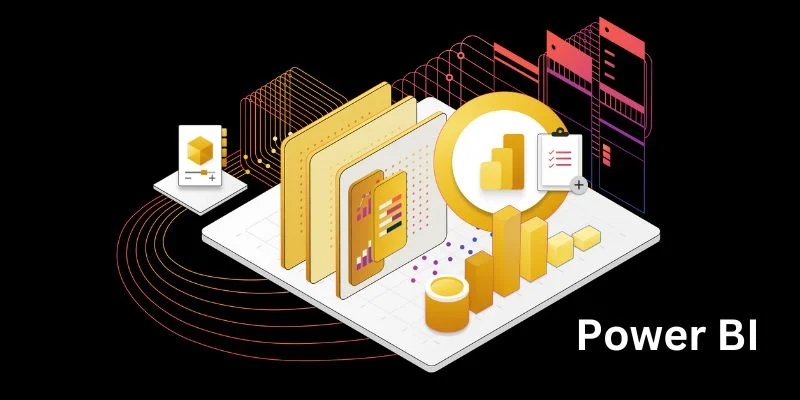Custom visuals in Power BI are user-defined visual representations of data that go beyond the standard visuals provided by the platform. These visuals are designed to meet specific needs that the built-in visuals may need to address. You can access custom visuals from the Microsoft AppSource or design your own using tools such as the Power BI Developer Tools. This allows you to customize your reports to meet your organization’s organisation’s or audience’s specific needs. This blog will discuss creating and utilising custom visuals in Power BI to make your data storytelling even more effective.
Why Use Custom Visuals in Power BI?
Using custom visuals in Power BI allows you to add a personal touch to your reports, making them more relevant to your specific needs. Standard visuals are robust and versatile, but they may not always capture the exact way you want to represent your data. Custom visuals allow you to design visuals that align with your business’s branding, focus on specific data points, or provide more advanced interactivity. This flexibility can lead to more insightful and engaging reports that better communicate your message to stakeholders. For those looking to master these skills, enrolling in Power BI Training in Chennai can provide the necessary expertise to create and implement custom visuals effectively, enhancing your ability to deliver impactful data presentations.
How to Create Custom Visuals in Power BI
Creating custom visuals in Power BI may seem daunting at first, but it can be a straightforward process, especially if you have some basic programming and design knowledge. Here’s a simple guide on how to create custom visuals:
1. Setting Up the Environment
Before creating custom visuals, you must set up your development environment. Microsoft provides Developer Tools, which you can install using Node.js. This tool helps you create, test, and package custom visuals.
2. Building the Visual
Once your environment is set up, you can start building your custom visual. This involves writing code in TypeScript and using D3.js or any other JavaScript library to define how your visual will look and behave. You can create visuals from scratch or modify existing templates to suit your needs. As you develop, you can preview your visual in Power BI Desktop to see how it will appear in a report.
3. Testing and Debugging
Testing is a crucial step in the development process. Power BI Developer Tools provide a robust testing framework that allows you to simulate how your visual will perform with different datasets. This ensures that your visual works correctly and efficiently before it is used in a live report. Debugging tools also help you identify and fix any issues that may arise during development.
4. Packaging and Distributing
After testing, the next step is to package your custom visual. The Power BI Developer Tools can compile your visual into a .pbiviz file, which can be imported into Power BI Desktop or shared with others. You can also submit your visual to the Microsoft AppSource for others to use.
Utilizing Custom Visuals
Importing Custom Visuals
To use a custom visual in your report, you need to import it into Power BI Desktop. To do this, select the “Import from file” option in the Visualizations pane and upload your .pbiviz file. Once imported, your custom visual will appear alongside the standard visuals and can be used like any other visual in Power BI.
Customizing Reports
Custom visuals can be used to create more tailored reports that better meet the needs of your audience. For example, a custom visual can provide the perfect solution if you have a sales report that requires a unique way of displaying trends. You can also use custom visuals to highlight specific data points or create more interactive and dynamic reports.
Enhancing User Experience
The primary purpose of custom visuals is to enhance the user experience by making data more accessible and understandable. Custom visuals can make reports more engaging and easier to interpret, especially when dealing with complex datasets. By employing visuals tailored to your data, you can enhance users’ ability to extract insights and make informed decisions.
Custom visuals in Power BI are powerful for creating more personalized and impactful reports. They allow you to go beyond the limitations of standard visuals, providing more flexibility in how you present your data. By learning how to create and utilize custom visuals through Power BI Training in Bangalore, you can take your reports to the next level, making them more effective tools for data-driven decision-making.

